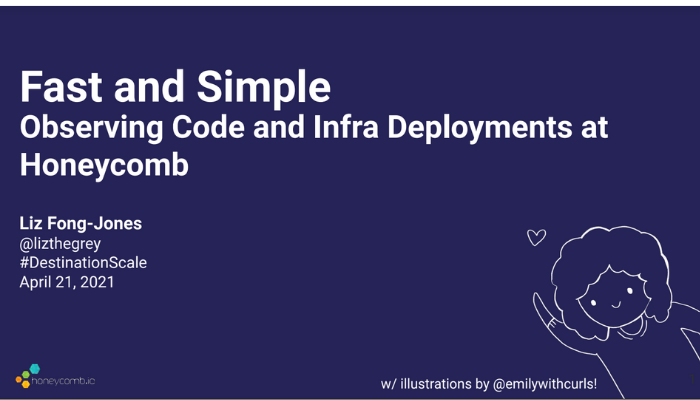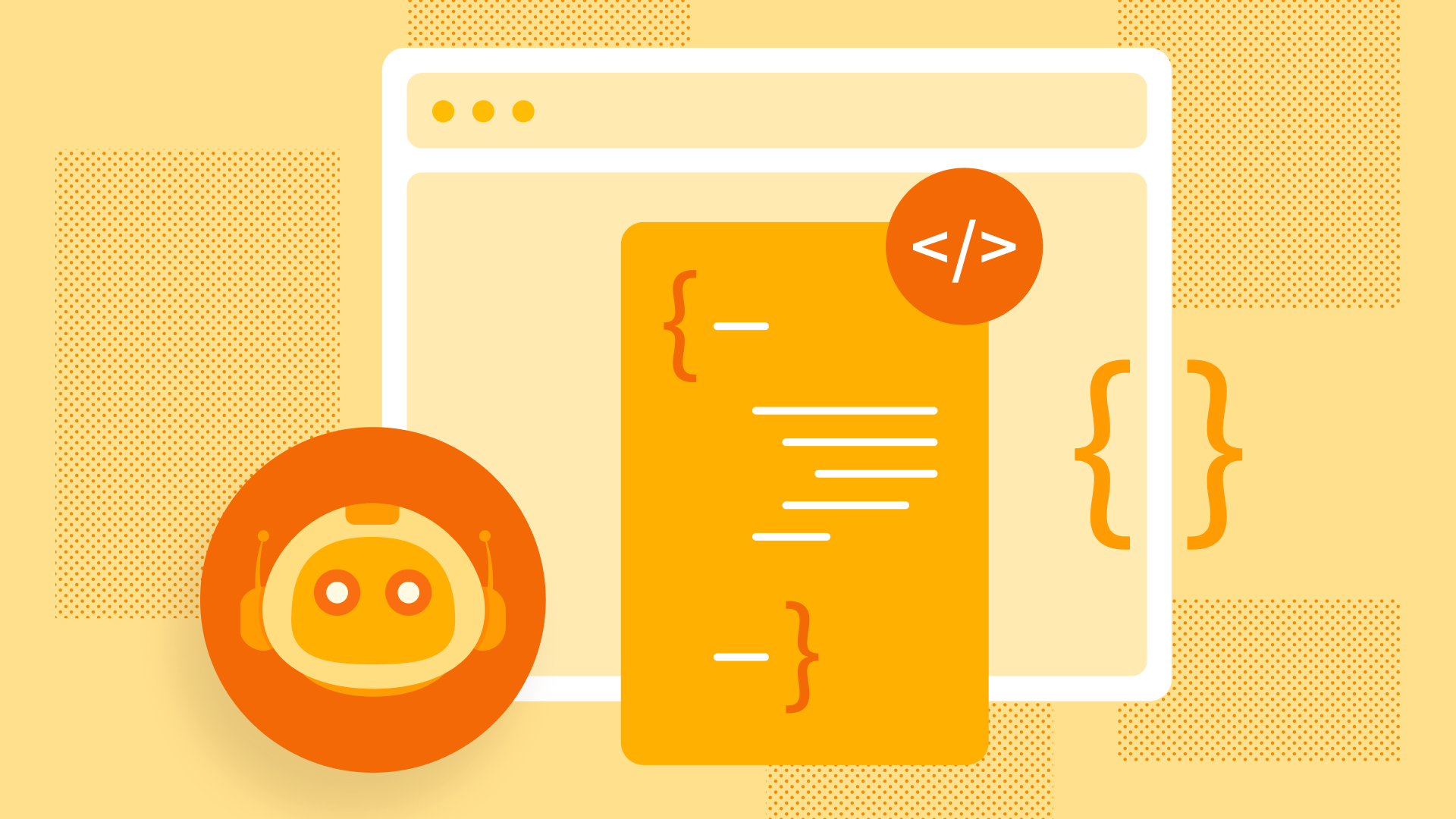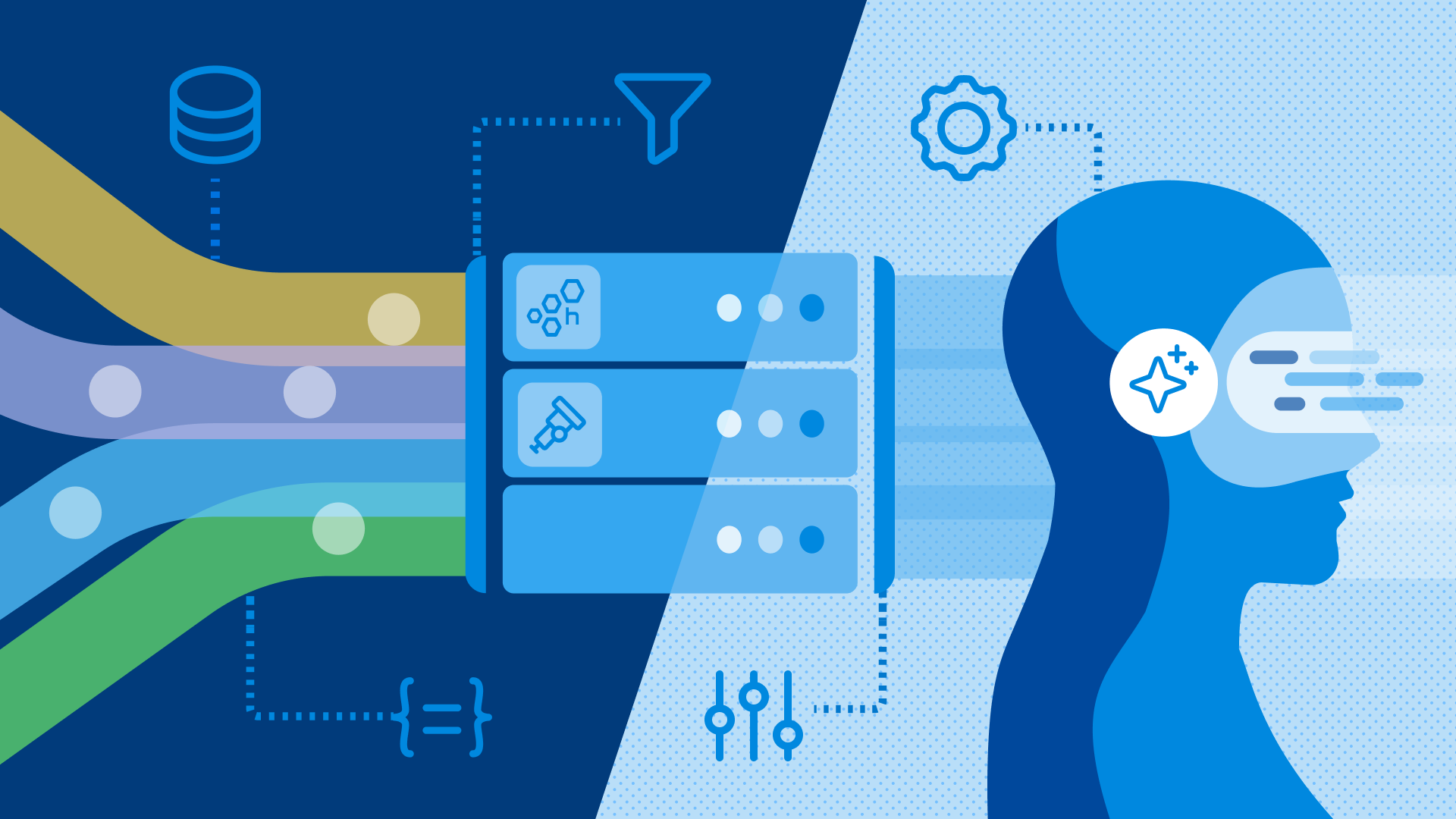
How I Use GenAI as a Thought Partner, Not a Shortcut
Over the last few quarters, I’ve built a handful of custom GPTs to support my weekly, monthly, and quarterly workflows. These tools help me beat blank-page syndrome better than anything else I’ve tried, and they get me through the ugly first draft fast. Here’s how I’ve built AI into my rhythm as an engineering leader.




